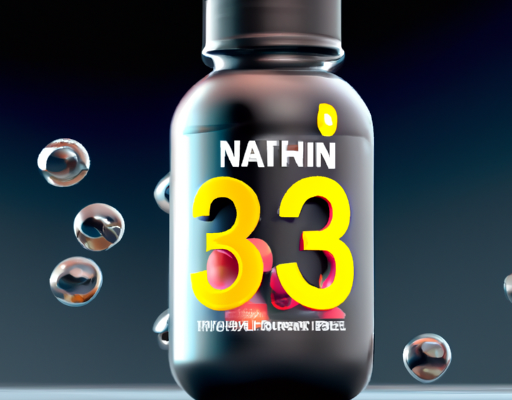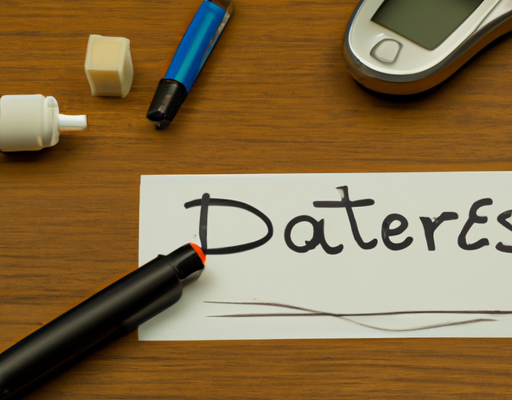1. Causes
A common cause of a rash on the wrist is known as Irritant Contact Dermatitis (ICD), and it is caused by frequent or regular exposure to irritants. Such irritants can range from harsh soaps or detergents used during handwashing, dishwashing, or laundry; to the material of clothes or jewelry we wear. If you have a rash on your wrist caused by washing your hands, it is likely due to ICD and your skin suffering a reaction to the substance which comes into contact with it. Additionally, conditions like eczema can also lead to skin irritation on the wrist, particularly if the skin is exposed to water and soap too often. In any case, it is best to consult a doctor if your rash persists.
2. Types of rashes
Having a rash on your wrist from washing your hands is a common problem. But it’s important to understand the different types of skin rashes that can occur and what their symptoms are. Below is a list of the more common types of rashes:
- Contact Dermatitis – A rash caused by an allergen or irritant in contact with the skin.
- Atopic Dermatitis – A chronic condition causing red, itchy, and scaly patches of skin.
- Psoriasis – A skin disorder causing scaly, red patches with silvery scales and inflamed skin.
- Fungal infections – A type of infection caused by fungi, such as athlete’s foot, ringworm, and jock itch.
- Heat Rash – Caused by sweat ducts becoming blocked and creating a rash on the skin.
While rashes from washing your hands may be uncomfortable, they should clear up on their own with some basic treatment. However, if the rash does not clear up or seems to be getting worse, it’s important to seek medical advice.
3. Symptoms
It is important to identify the symptoms of rash on the wrists from washing hands, so that it can be properly treated. The most common symptom is itching. The area of skin affected by the rash may become red and irritated. The rash may have a bumpy or scaly texture, and may even have a slight burning sensation. In some cases, the area may become warm to the touch. If the rash appears to be spreading, seek medical advice immediately, as it may be a sign of an allergic reaction. In extreme cases, the rash may cause fever and swollen lymph nodes in the affected area.
4. Treatment
If you experience a rash on your wrist from washing your hands, the most effective treatment is to avoid the potential irritant that caused it. This may mean switching to another brand of soap or using a milder hand soap. In some cases, a topical steroid medication or an antifungal cream may be prescribed. If the rash persists, it’s always advisable to consult a doctor or a dermatologist to get the best advice for your skin concerns. Your doctor may also recommend that you use an over-the-counter moisturizer that contains ingredients such as petroleum jelly, aloe, or glycerin to help soothe the irritation and help the rash heal. In severe cases, it may be necessary to take oral medication or receive a corticosteroid injection. Regardless of what treatment is prescribed, it is essential to practice good hygiene and keep your skin clean and moisturized in order to reduce the risk of developing a rash from washing your hands.
5. Prevention
Preventing a rash on your wrist from washing your hands can be done by taking a few simple steps. Firstly, always use warm water when washing hands, making sure to use a mild, fragrance-free soap. Secondly, avoid scrubbing your skin too hard when washing, as this can irritate the skin on your wrist. Finally, take the time to properly dry your hands before donning any clothing or jewelry, as wet fabric can cause further irritation. Taking these steps can help you avoid a rash on your wrist from washing your hands.
6. When to see a doctor
If you have a rash on your wrist from excessive handwashing, it is important to pay attention to the symptoms and know when to see a doctor. If your rash is severe, itchy, or accompanied by swelling, pain, or oozing fluid, it is important to seek medical attention as soon as possible. You should also see a doctor if the rash does not start to improve within a few days of home treatment, such as switching to milder soaps, using moisturizers, and avoiding irritants. Additionally, if your rash is affecting other areas of your body, or is accompanied by fever, chills, nausea, or general malaise, it is important to get checked out immediately.





No Comments